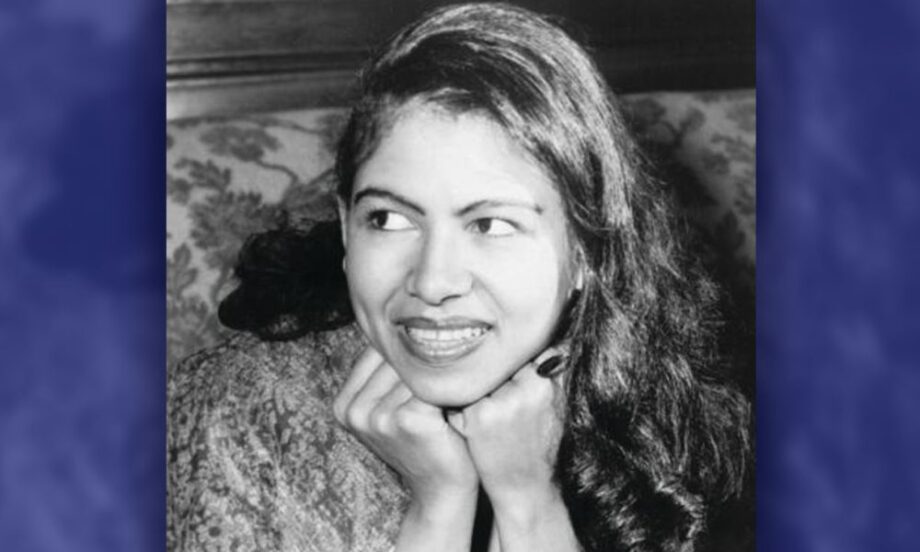By Tamara Shiloh
African American author and journalist George Schuyler and white artist and journalist Josephine Cogdell’s marriage was dubbed “the most celebrated interracial marriage of the Harlem Renaissance.”
The couple had one child, Philippa Duke Schuyler (1931–1967). From Philippa’s birth, both Schuyler and Cogdell felt that racism in the U.S. “could be rectified through creating interracial children,” thereby setting high expectations for their daughter.
Because Philippa was biracial, the Schuylers considered her a “superior offspring known as a hybrid vigor.” Nevertheless, Philippa was a child prodigy with extraordinary talents who received tutoring while isolated from her peers.
Before age 3, Philippa was taught to read and write and had begun to play the piano. At 4, she was composing, and at 5, performed on the radio. By 11, she was touring. Despite her high IQ at age 8 (185), the Schuylers consistently rejected Philippa being known as a prodigy, attributing her talent to “hybrid genetics, proper nutrition, and intensive education.”
Philippa had a close relationship with her father, thereby absorbing his conservative beliefs in educational advancement, self-help, and introspection. But despite her being a part of the Black intelligentsia, “her precocity was fed on notions and conceits of the white milieu; and her passion for classical music would essentially reflect the same bias.”
Americans were in awe of young Philippa’s genius. The media often reported on her progress, specifically the Pittsburgh Courier. She received guidance, mostly from her mother, into adulthood. But as she became an adult, white America’s fascination with her talent waned. What she had been shielded from throughout her life became reality: racial prejudice. And this altered the trajectory of her career.
Schuyler then began playing in concerts overseas, traveling to more than 80 countries, performing for international leaders including Haile Selassie and Queen Elisabeth of Belgium. Her fame attracted worldwide attention, yet she was never invited to perform for leaders in the U.S. Disillusioned with the racial and gender prejudice she encountered, she moved to Latin America, where people of mixed races were more common.
About this decision, she said: “I had 30 miserable years in the U.S.A. because of having the taint of being a ‘strange curiosity’ applied to me.”
In the late 1950s, Schuyler performed for white audiences in apartheid-era South Africa. She briefly toured in Europe as Felipa Monterro, no longer identifiable as the “daughter of a Negro journalist.” Between 1960 and 1966, she published five books about her life and travels.
Just before her death, Schuyler had begun a career as a news correspondent, publishing articles in several languages including French and German. She died at the age of 35 in a helicopter crash during the Vietnam War while attempting to rescue Catholic schoolchildren from a war zone in Da Nang.
Learn more about Schuyler’s life through previously unpublished letters and diary entries that reveal her extraordinary and complex personality in the unauthorized biography, “Composition in Black and White” by Kathryn Talalay.
The post Philippa Duke Schuyler: Pianist Received National Prominence at Young Age first appeared on Post News Group. This article originally appeared in Post News Group.




